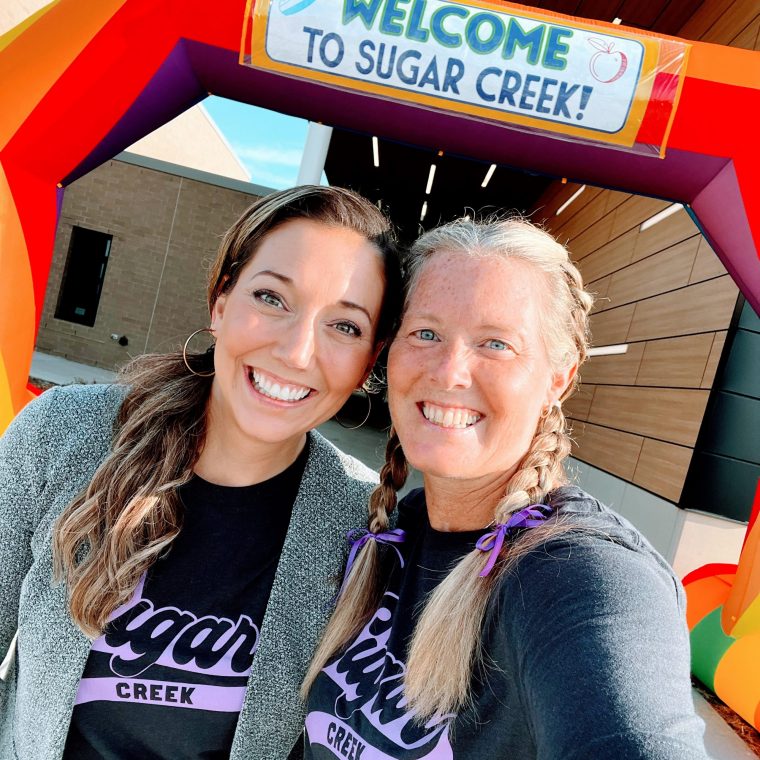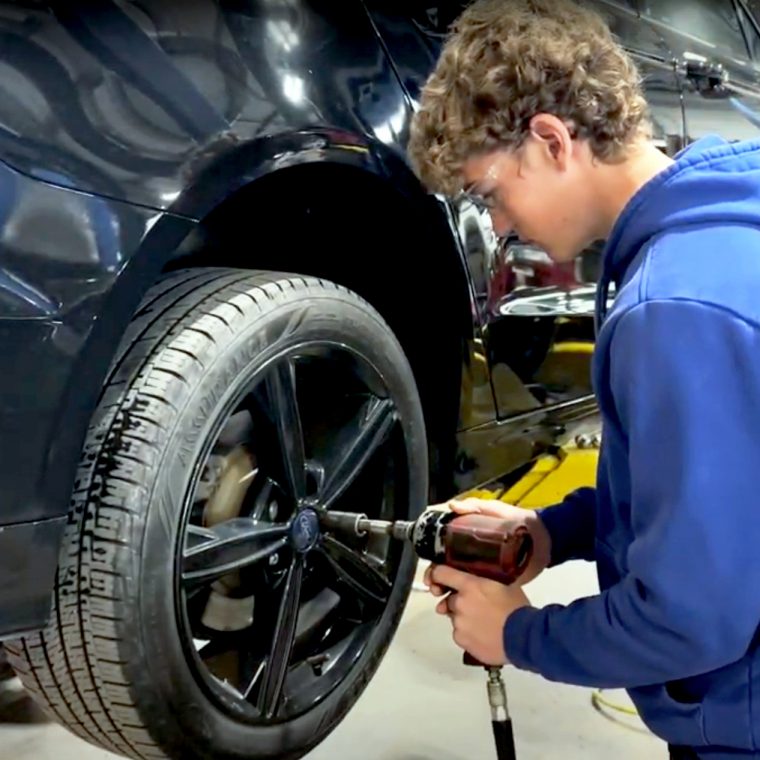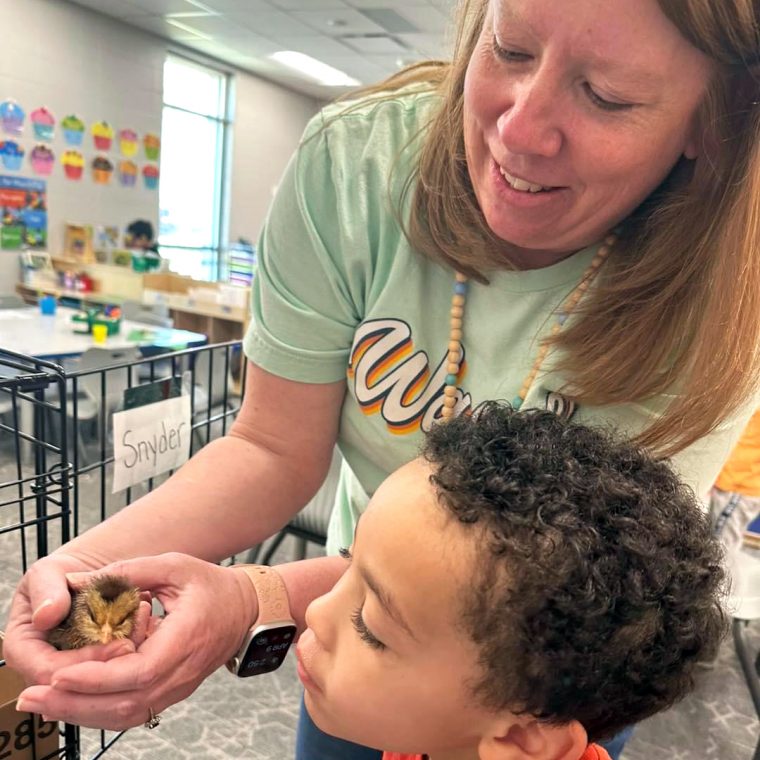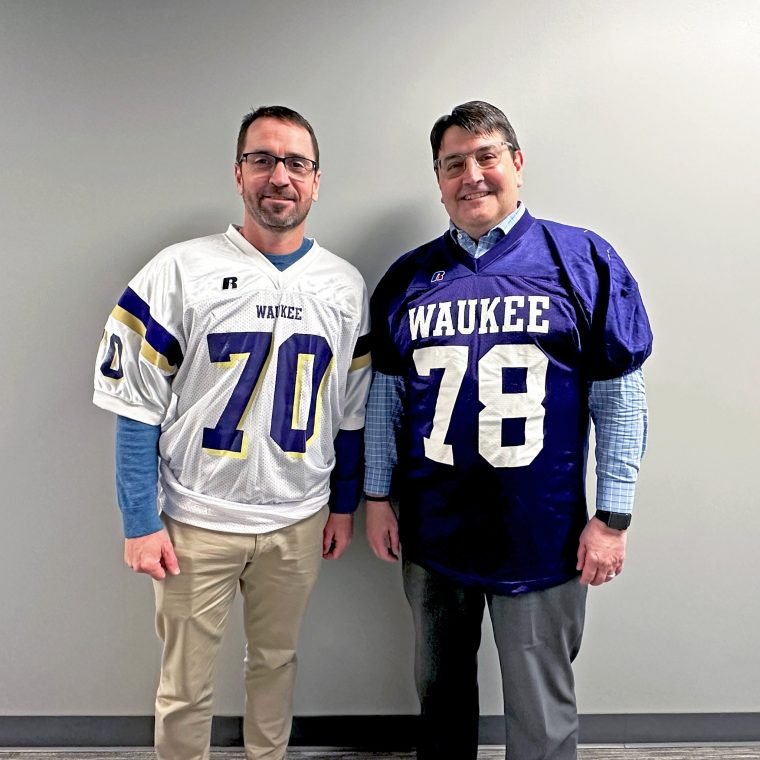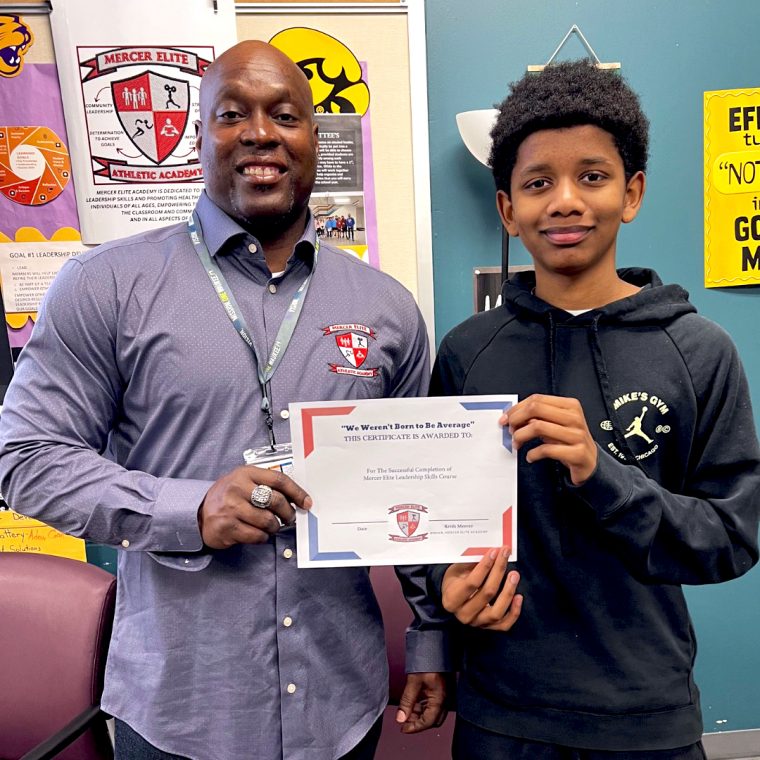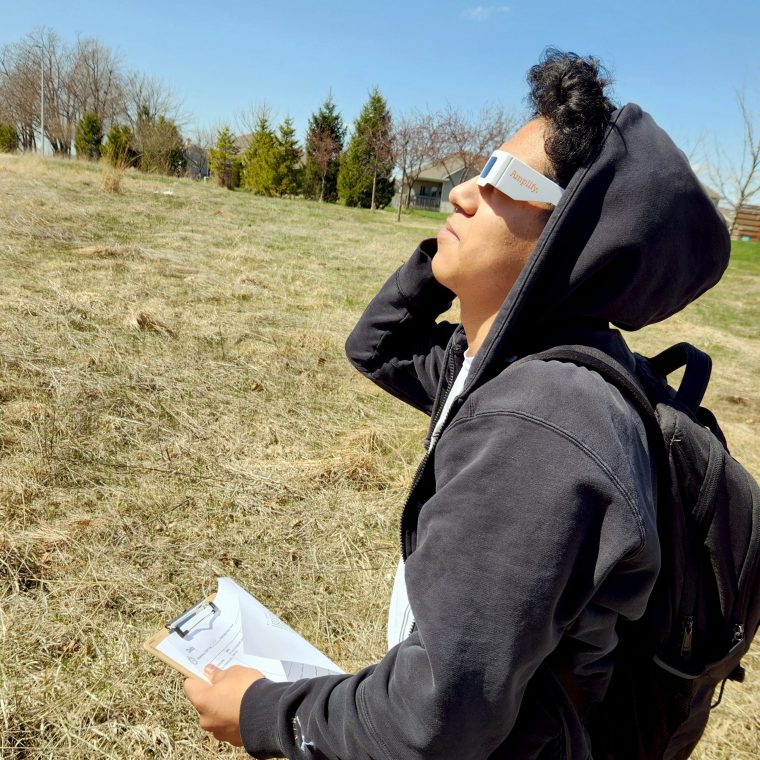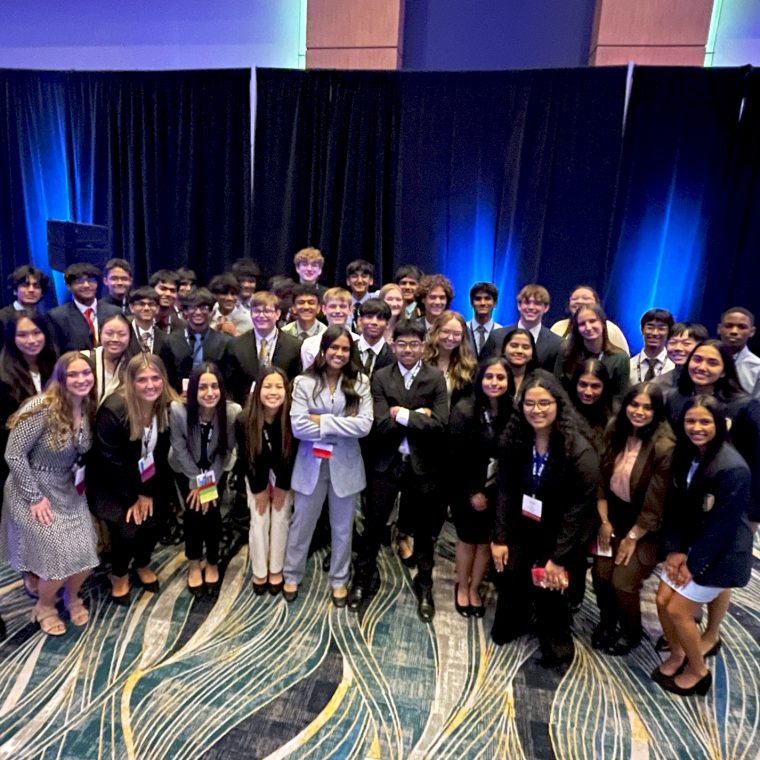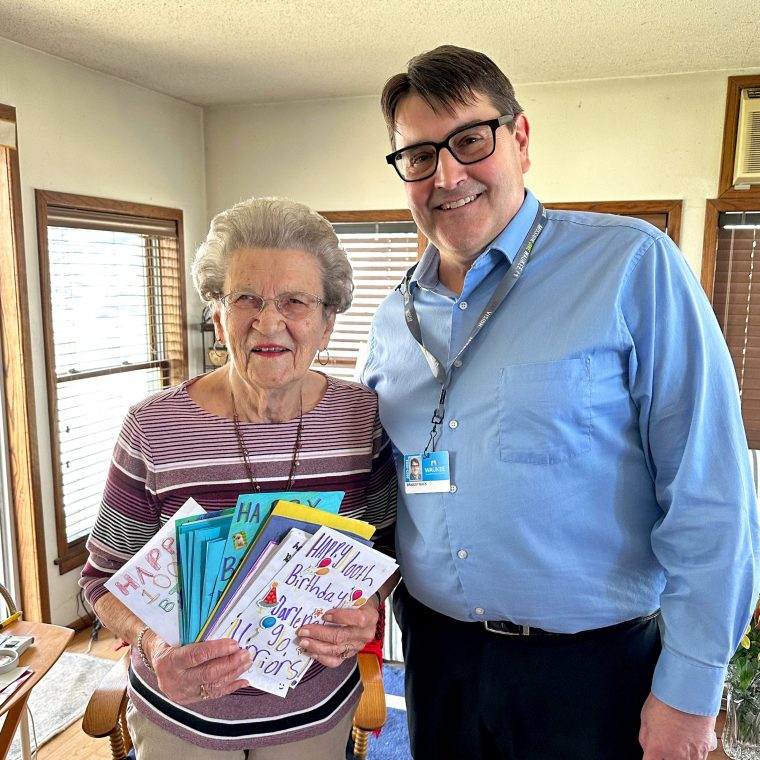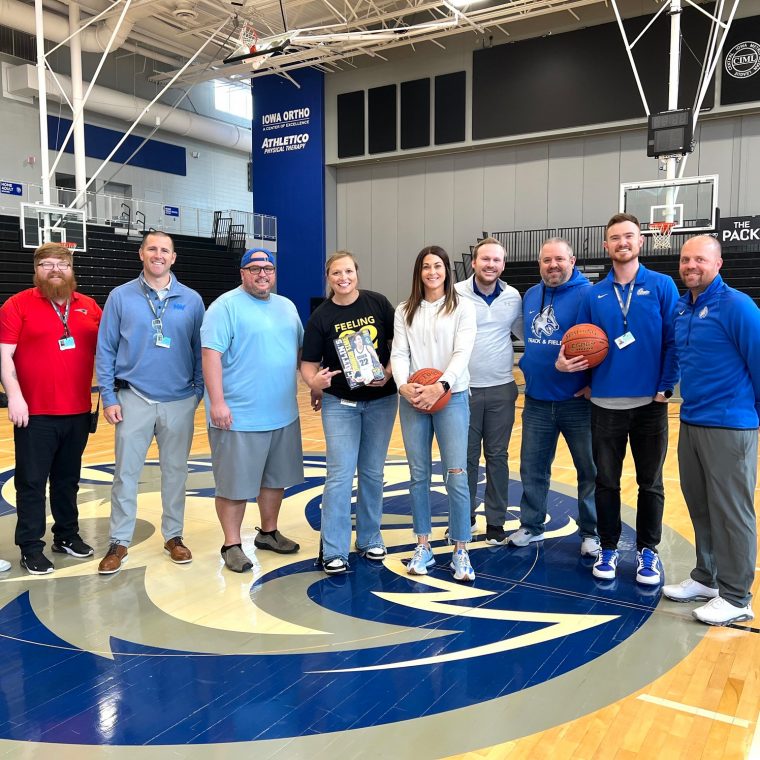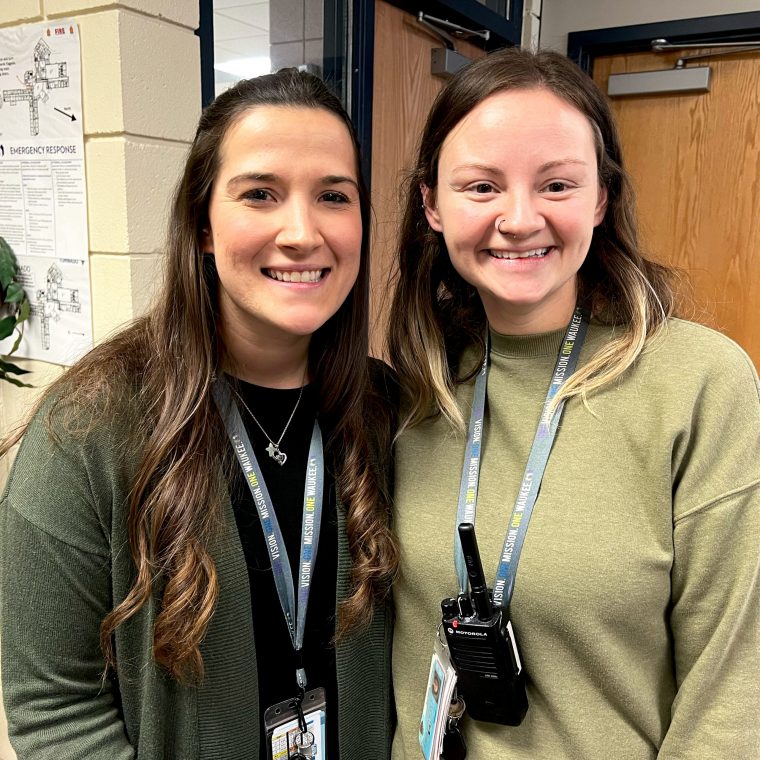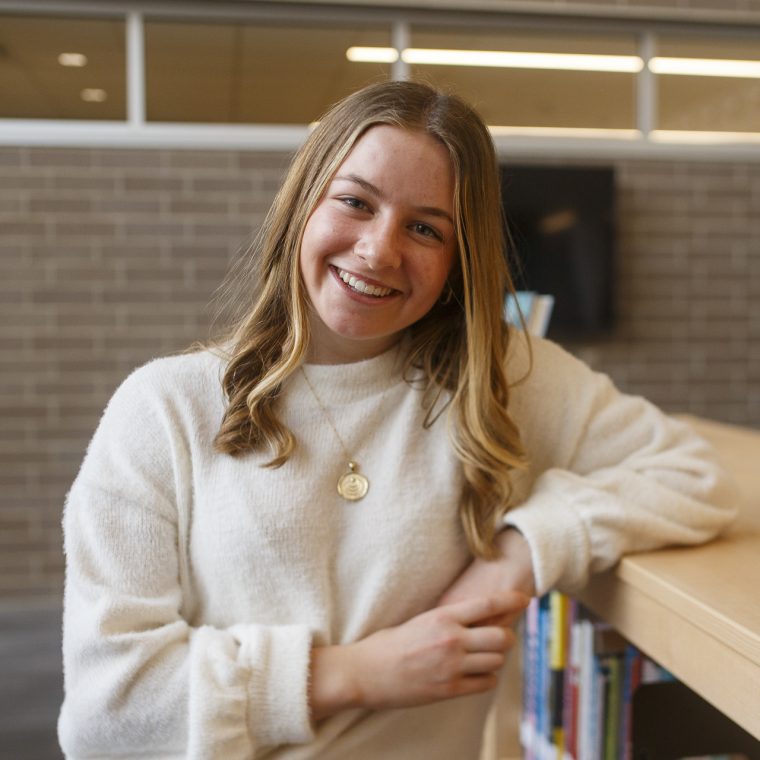
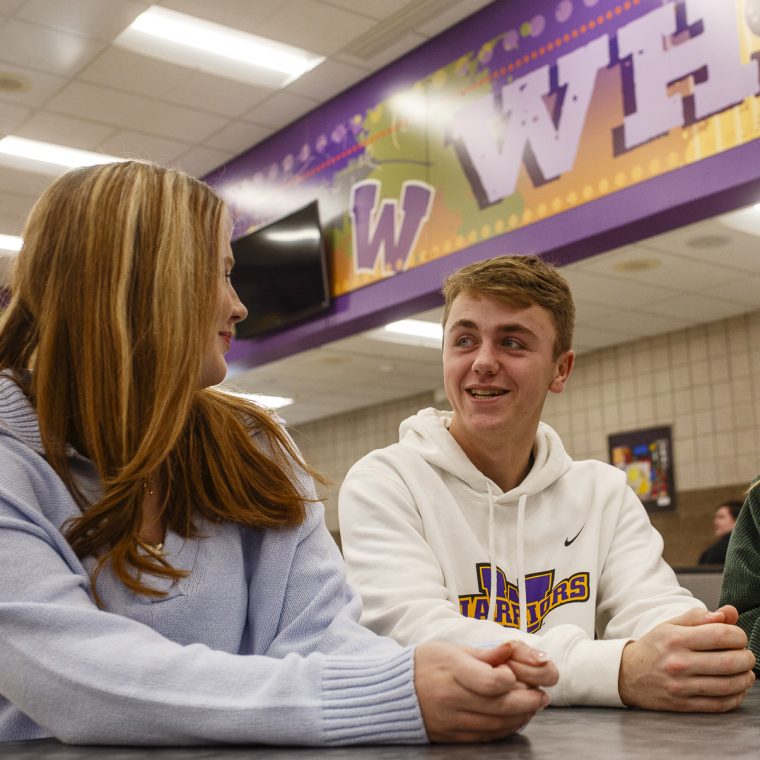
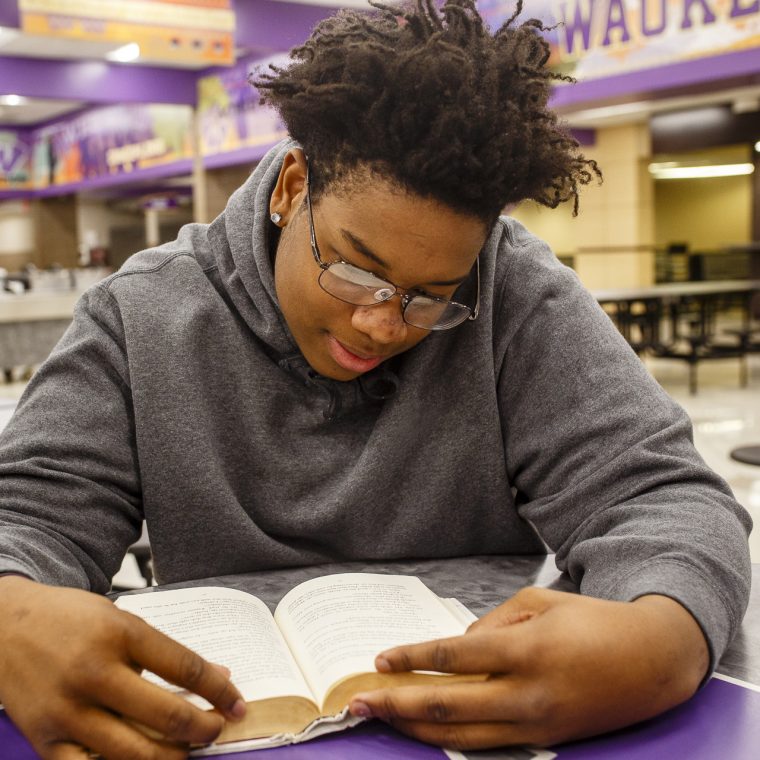
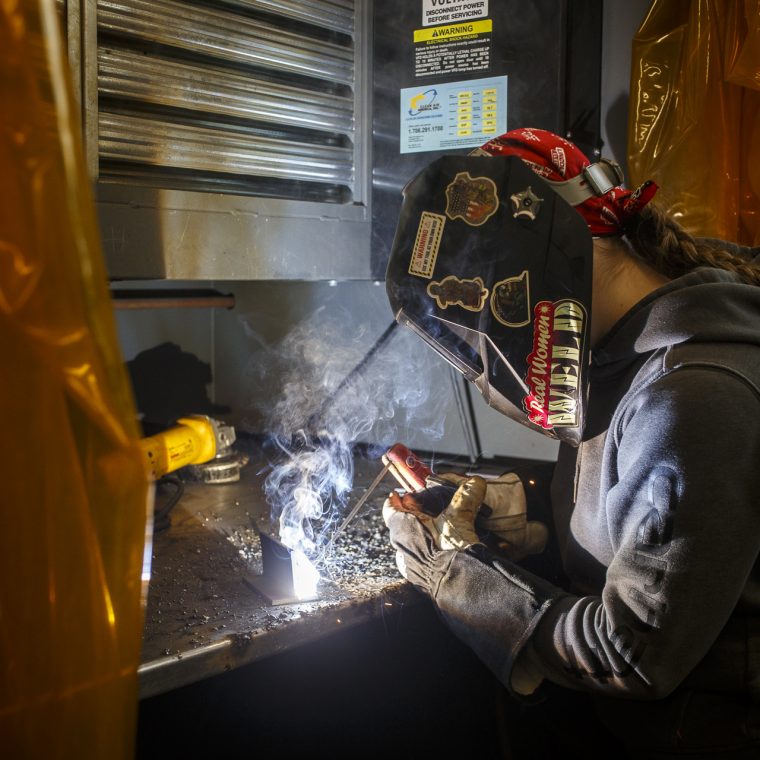
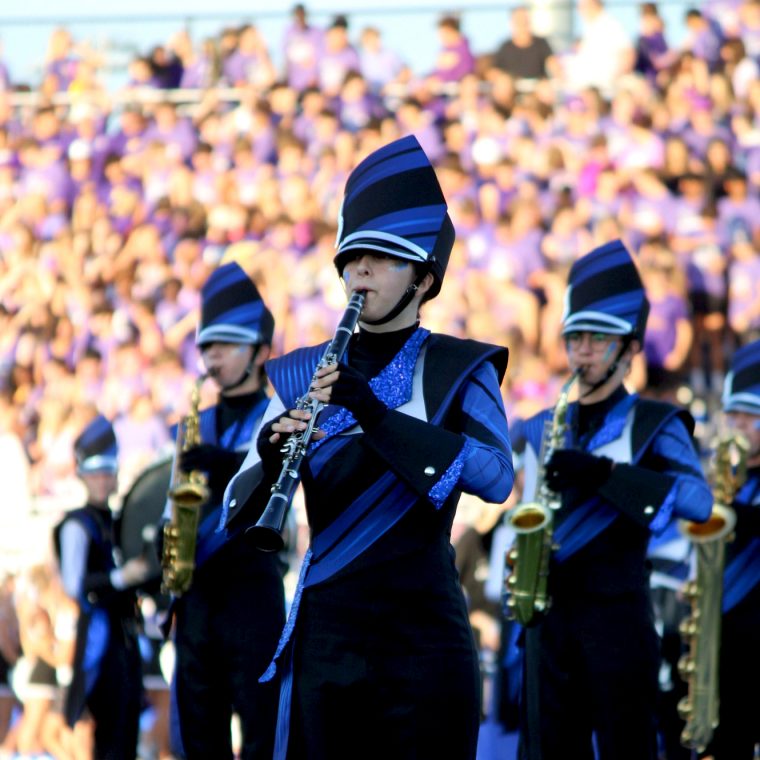


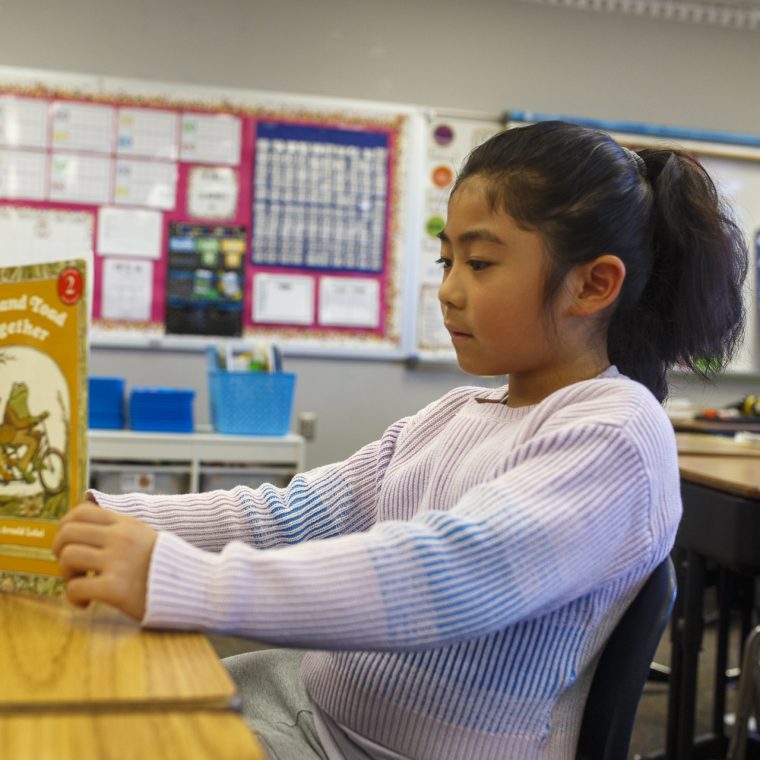
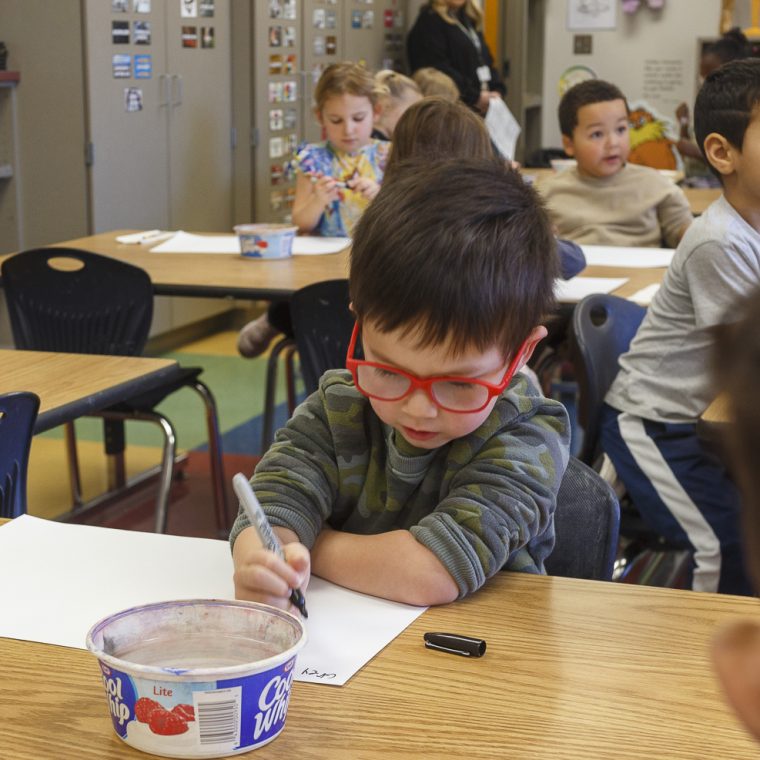

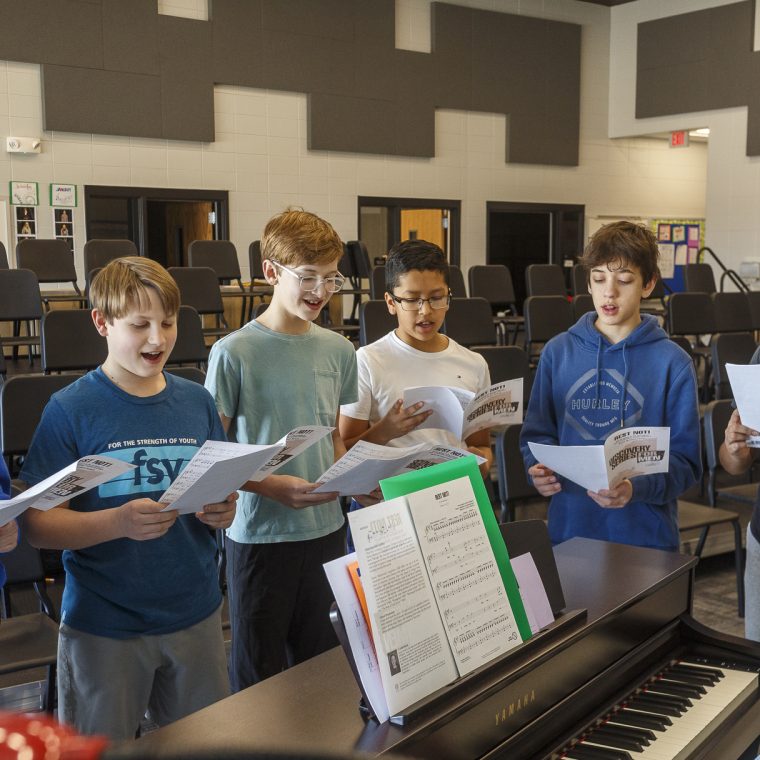
We Are Waukee
At Waukee Community School District, we inspire learners who feel valued, challenged, and prepared to embrace tomorrow’s opportunities.
Enroll NowWaukee CSD News
All News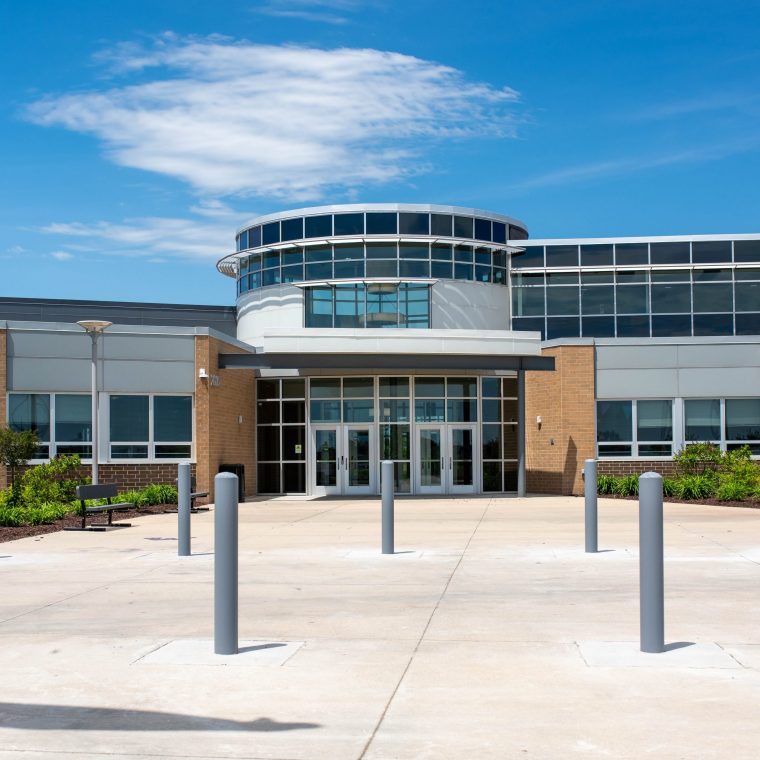
Featured Events
All EventsWhy Waukee CSD?
We are a leader in academics. We are a vibrant community. We are an exceptional place to learn, work, and thrive.
We are Waukee.
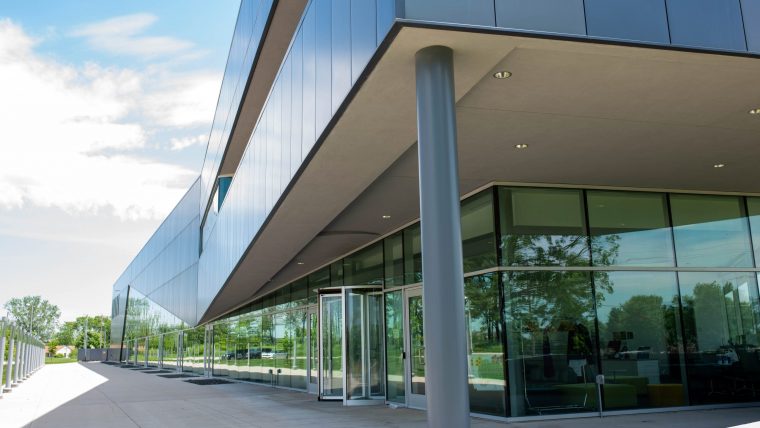
World Class Facilities
Our District features 19 buildings with modern, well-maintained facilities. We prioritize continued improvements, up-to-date technology, and welcoming spaces to offer an exceptional educational environment for our students.
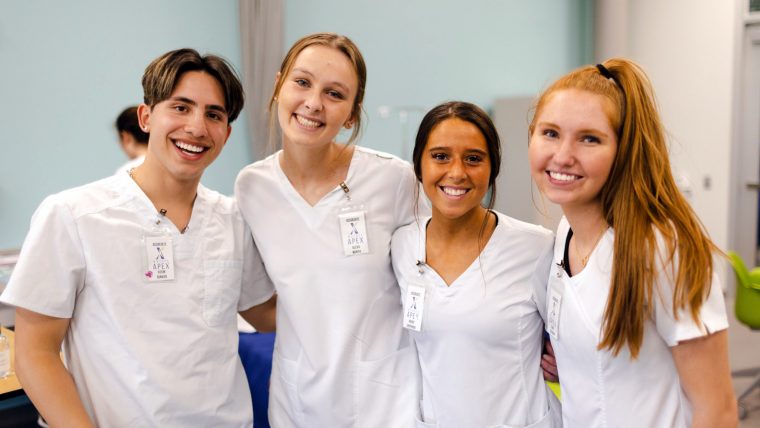
Work-Based Learning
We ensure our graduates will succeed in college, the workplace, and life. Three-quarters of our graduating class participate in work-based learning through our Waukee APEX program, career services, internships, and more.
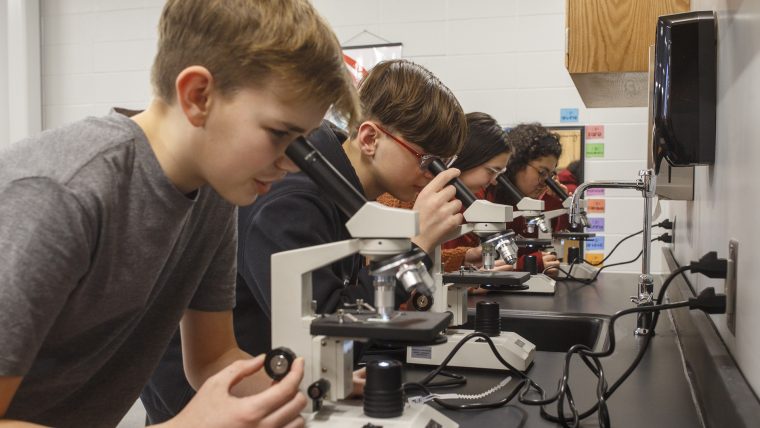
Innovation
As one of the largest and fastest growing districts in the state, innovation is part of our culture. From augmented reality welders to robotics — we adapt to the changing world of education and prepare our students for a future they can't yet envision.
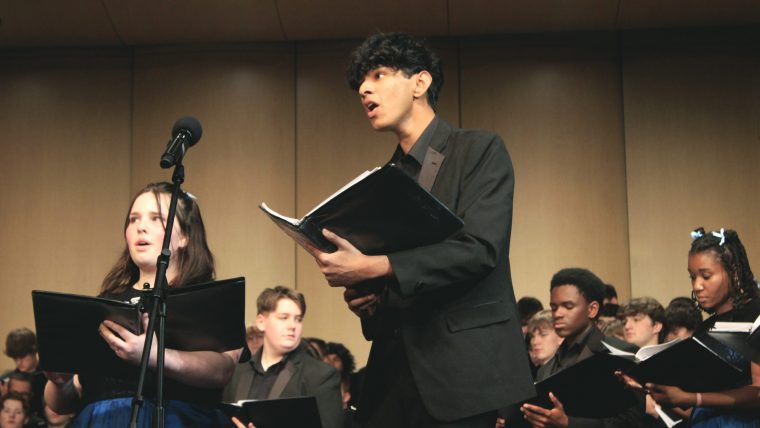
Endless Opportunities
At Waukee CSD, we feel like a small community with the opportunities and amenities of a large district. Every student can explore their interests through athletics, performing arts, publications, clubs, volunteering, and more.

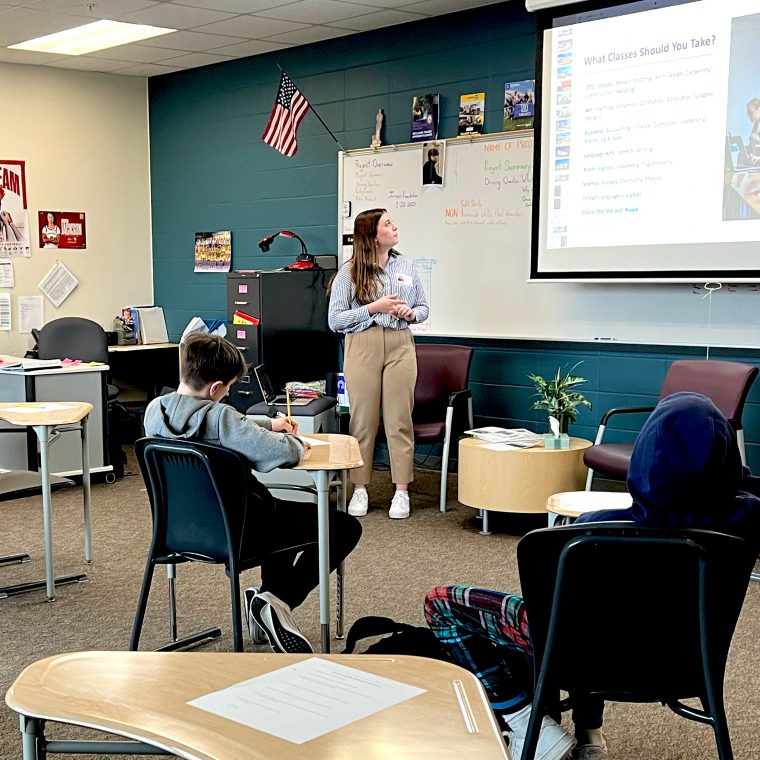
"The APEX program gives students the chance to get real-world work experience in the areas that they are passionate about."
23.5
Average ACT Composite score
50+
National Merit Finalists since 2010
98%
Graduation rate
Portrait of a Graduate
View Our Strategic PlanOur graduates will be prepared with the knowledge and skills necessary for their future success.
Our graduates will be prepared to navigate a complex, ever-changing global society and economy.
Our graduates will be prepared to be information literate through inquiry, critical thinking, and problem solving.
Our graduates will be prepared with essential health and wellness skills they can continue after graduation.
Our graduates will be prepared to successfully build personal and professional connections in their lives.
Our students will be prepared to succeed beyond high school by articulating and executing a plan.

